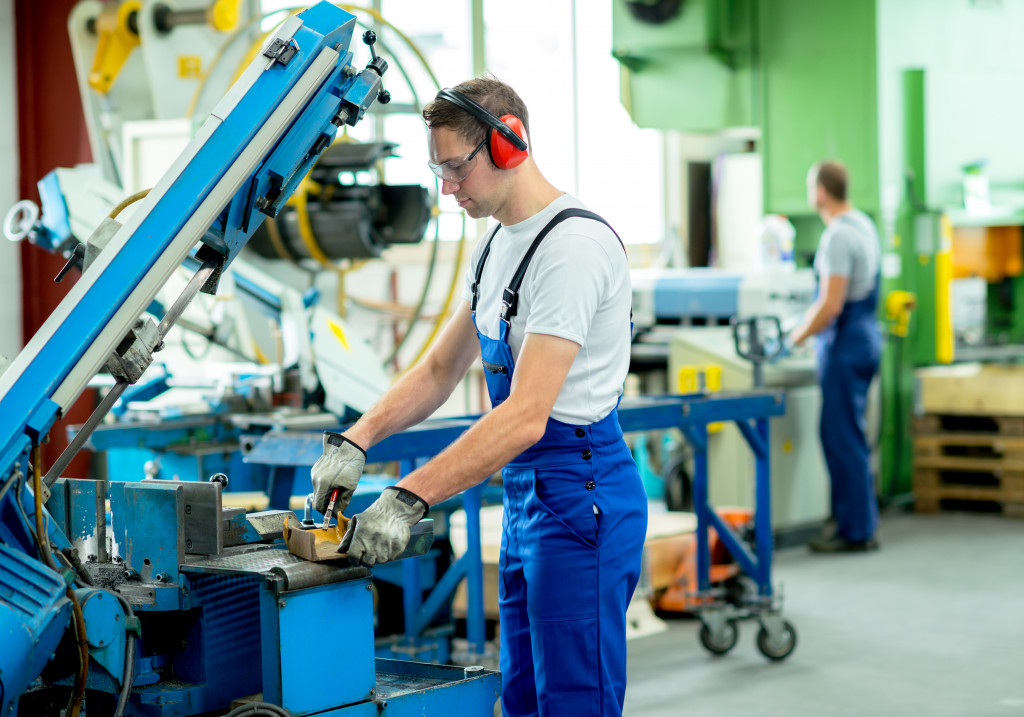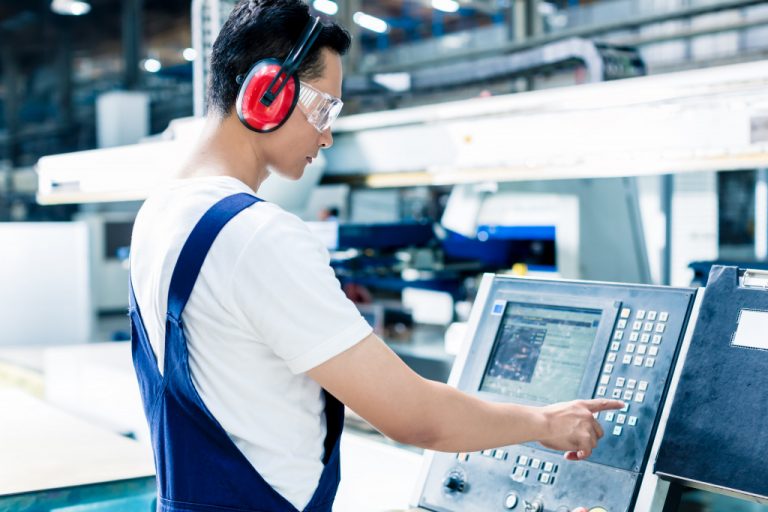In an ideal world, all workplaces are safe for their employees, with no dangerous accidents occurring and no one injured. However, this isn’t the case in the real world. In the United States, over 340 million workplace injuries occur every year.
Whether you work in an office, on the manufacturing floor, or outdoors, there are many things you can do to help ensure your workplace remains safe. The Occupational Safety and Health Administration (OSHA) has published various standards that outline the necessary precautions to take to keep employees from suffering an accident or injury on the job. Employers are required to follow these guidelines under OSHA regulations or face fines and other penalties. Following OSHA safety regulations doesn’t just protect employees; it also protects employers by helping them avoid fines and lawsuits stemming from employee injuries on the job.
To protect your employees and yourself from these injuries, follow these eight steps to ensure workplace safety at your facility.
Check Equipment
Before you go ahead and jump into a project, make sure your equipment is up to snuff. Check that all your machinery and tools are operating correctly, even if they don’t look damaged. Accidents can happen when you least expect them. Inspect all power cords and hoses for frays or cuts—anything that can expose bare wires or sparks. Also, look for leaking fluids like gasoline, oil, hydraulic fluid, and diesel fuel that can cause an explosion if mixed or exposed to heat.
Train Your Employees
If a company has just one employee, it doesn’t need to worry about safety regulations. That changes as soon as there are two employees. Once you have three or more employees, OSHA regulations begin to apply. Companies are required to give regular training sessions for all staff members that cover topics like fire prevention, first aid, and personal protection equipment. Make sure your managers know how important these classes are—they’re part of their job.
Ensure Safe Working Practices
If you are in a position of responsibility, it’s essential to encourage your workers to follow safe working practices. When an employee approaches you with concerns about a coworker’s behavior or poor working habits, make sure they know how important their safety is. Remind them that their well-being—and that of others in your workplace—is their responsibility as well as yours. With a bit of planning and careful organization, you can create a safe and secure workplace for all involved.
Identify Possible Risks and Provide Solutions
The first step toward ensuring workplace safety is to evaluate possible risks. It involves identifying potential dangers and understanding what your business needs to accomplish to avoid or minimize them. Once you’ve identified a threat, your next step should be creating a safety plan that spells out what actions you need to take if an emergency occurs. For example, if you’re in an area that easily floods, be sure to have a stormwater management system installed to help prevent damage from rising waters. While these systems might cost a lot upfront, they can save you significant time and money in repairs later on. It’s also essential to train your staff on fire prevention techniques and ensure everyone knows exactly how to evacuate your building in case of a fire.

Wear Suitable Protective Clothing If Necessary
It is an obvious but often overlooked workplace safety tip. Wearing clothing that will help protect you from work hazards such as dust, chemicals, or sharp objects will help keep you safe. This includes long-sleeved shirts and pants, gloves, goggles or face shields when working with harmful substances, steel-toed boots in construction settings, etc.
Review First Aid Kits Regularly
When an accident occurs, you want to ensure your workers are as safe as possible. To do so, run a routine check of first aid kits every month and replace expired items. It’s also essential to make sure workers know how and when to use these supplies—we don’t want anyone passing out from improper use! The goal is to prevent injuries before they happen. If there are any concerns with worker safety, address them immediately so your team can stay healthy and productive at work.
Know the Dangers of Chemicals and Other Substances
Depending on your business, there might be substances and circumstances that can put you or your employees at risk. To ensure that everyone stays safe, learn about any potential threats in advance. For example, if you’re running a factory where you use hazardous chemicals, hire a safety inspector or have an expert identify any problems before they affect anyone. To keep workers safe around electricity, install ground fault circuit interrupters (GFCIs) and conduct regular tests on them.
Get Insurance for Everyone
OSHA oversees a wide range of standards, but it requires all employers to provide safe working conditions. One way that companies ensure their employees stay safe on-site is by offering workers’ compensation insurance. This type of insurance protects you in case you sustain an injury or are diagnosed with a medical condition related to your job.
While keeping your employees safe and healthy will help reduce your costs and save lives, it’s about more than simply saving money or preventing accidents. Creating a safe working environment sends a message that safety and health are essential. Employers who do more to ensure their workers’ safety a




